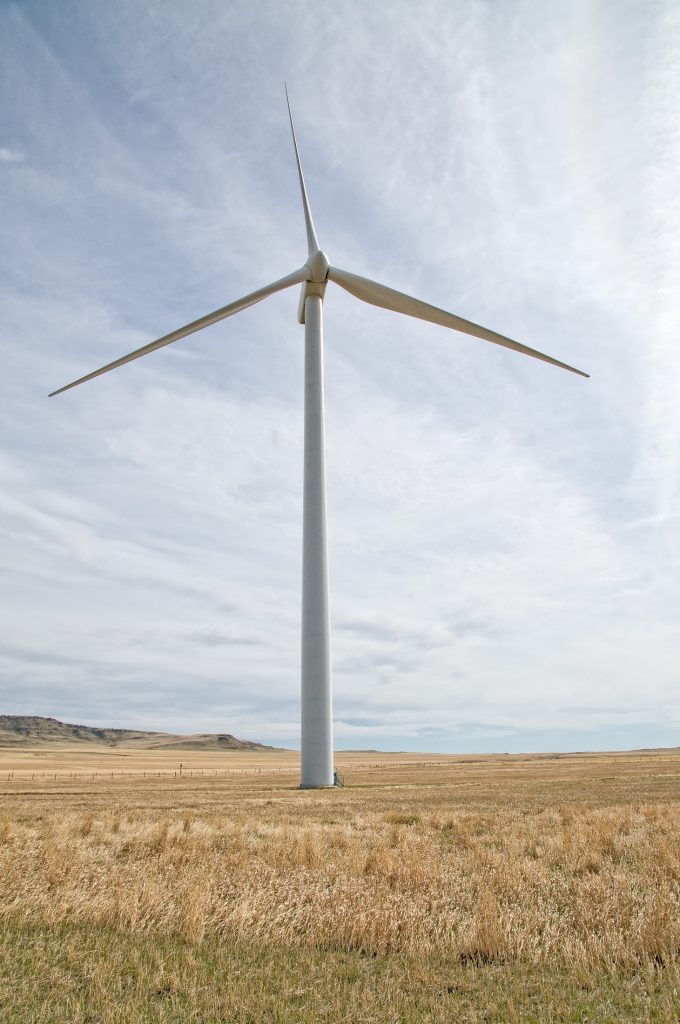Carbon polluters should pay for their emissions. That’s pretty obvious. Putting a price on carbon gives companies, governments, and individuals an incentive to reduce their carbon emissions and move towards cleaner sources of energy. It’s not the only policy needed, of course, but it can be an important part of a climate plan.

However, details matter. Carbon pricing can be designed to be both effective and fair, but there are also numerous ways to make carbon pricing less rigourous and less effective. Because there is a gap between Canada’s 2030 carbon reduction target – the weakest target in the G7 – and what the pan-Canadian climate framework can deliver, the federal government must strive for the greatest ambition in implementing a carbon price.
The federal government proposal that’s on the table could lead to a pretty strong policy…or be seriously watered down. Here are three things Canada’s carbon pricing plan should include to make it as effective as possible:
1) The most effective carbon price would be one that is as broad as possible, by including all carbon emissions that can be accurately measured. Emissions from manufacturing or petrochemical processes (rather than from burning fuel for energy) should be included but aren’t. Some unspecified farming activities are exempted, but no reason is given why. While it’s good that the government is including emissions from fuel used in domestic aviation, it should also enter into bilateral agreements with jurisdictions like the EU to include as many international flights to and from Canada as possible.
2) Second, an effective carbon price is one that continues to increase at least until it is equal to the cost of that carbon pollution to society. The cost of carbon pollution to society is higher than $50/tonne, the level of the carbon price for 2022. Research also shows that the cost of carbon will need to continue to increase beyond 2022 in order for Canada to reach even its weak 2030 target. For an effective carbon pricing plan, the carbon price should continue increasing at the same rate ($10/tonne per year) until 2030, with any adjustments to the price being based on evidence.
3) Something else that the federal government can do to make carbon pricing stronger is to place conditions on how it returns carbon pricing revenue to the provinces it came from. The Canadian government should use the opportunity to consider two options to make the system both fair and effective. First, it should return a portion of the revenue to low-income Canadians, who disproportionately bear the brunt of a price on carbon. Second, it should return some of the carbon pricing revenue by investing in emission reduction activities that further the transition towards clean, renewable energy.

There are also ways that a price on carbon can be made weaker. Unfortunately, these are also currently part of the proposed federal approach to carbon pricing.
1) Industries should face the full carbon price unless there is strong evidence that facilities would move to another jurisdiction to avoid paying it. Industrial polluters pushed hard for an approach that doesn’t price all their carbon emissions, arguing that a carbon price would make their industries globally uncompetitive. The federal government complied by proposing a weaker approach that exempts carbon emissions from all industrial sectors. However, only an estimated 5 per cent of Canada’s economy is exposed to competitiveness pressures related to carbon pricing. This is why the Ecofiscal Commission has recommended that measures to address competitiveness should be “targeted, transparent, and temporary.” Any exemptions for industry should be phased out after a short adjustment period, so that eventually all facilities face the full carbon price.
2) Allowing offsets is another way to make the system less effective. Offsets are carbon credits that emitters can buy rather than reducing their own emissions. But we know from past experience that the rules for which offset credits can be used have been much too lax, allowing offsets from projects that lack environmental integrity. Because of this, offsets should be highly restricted or not allowed at all.
The federal government should use the evidence to make Canada’s carbon pricing system as credible and effective as possible. That will ensure Canada meets its climate commitments while enhancing Canada’s economy.









